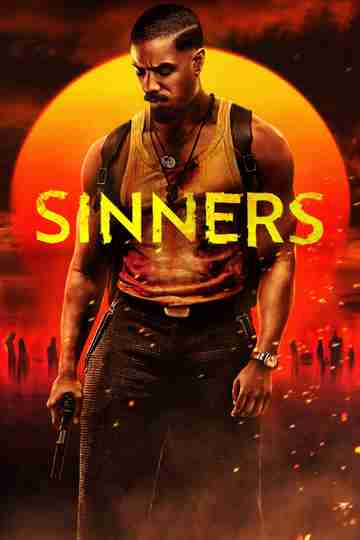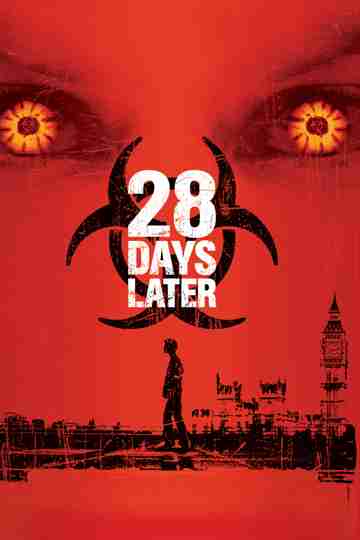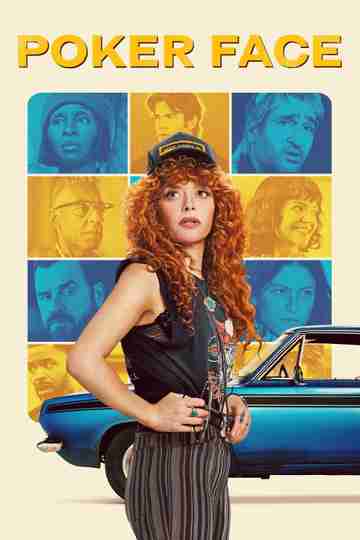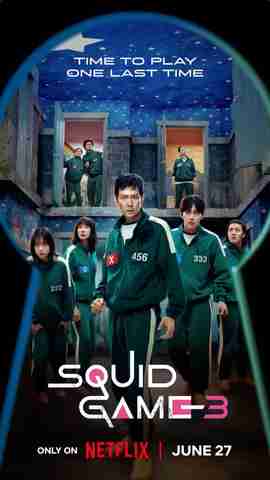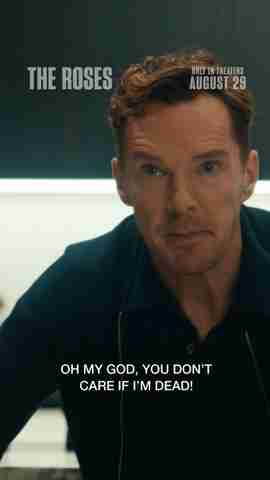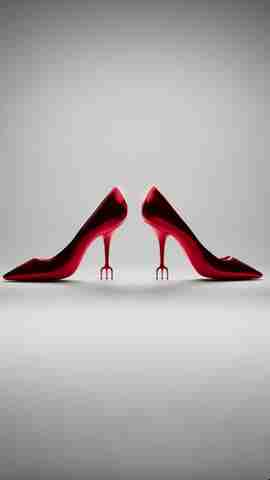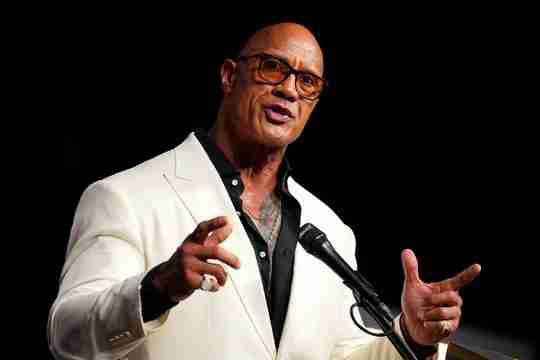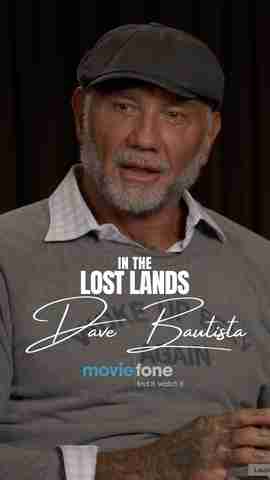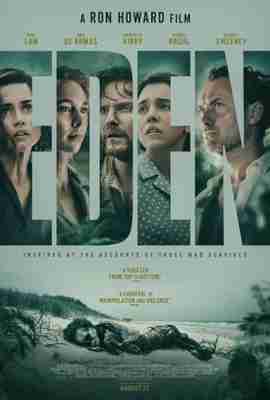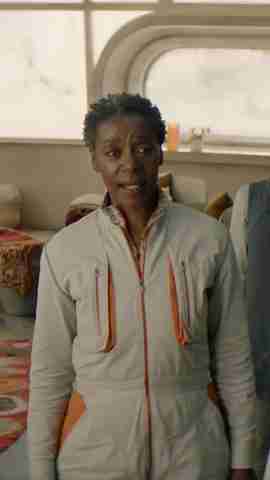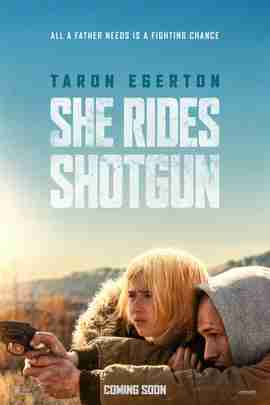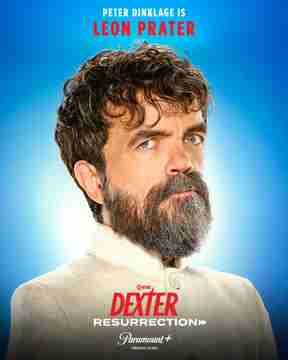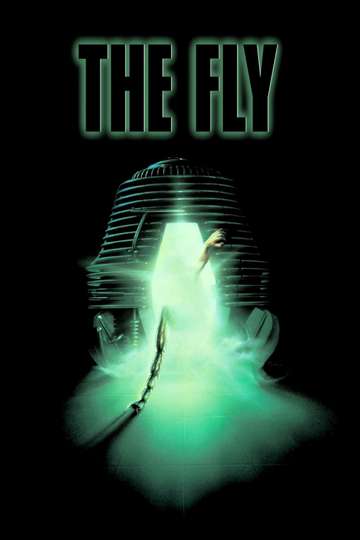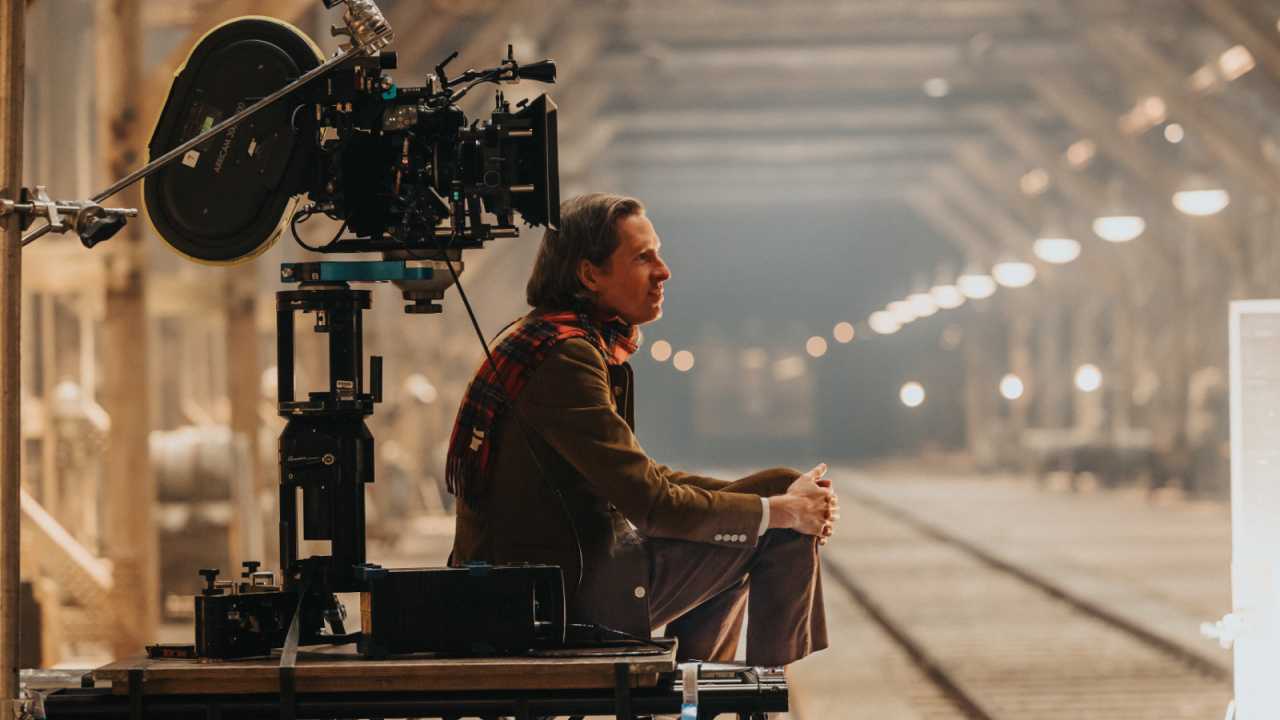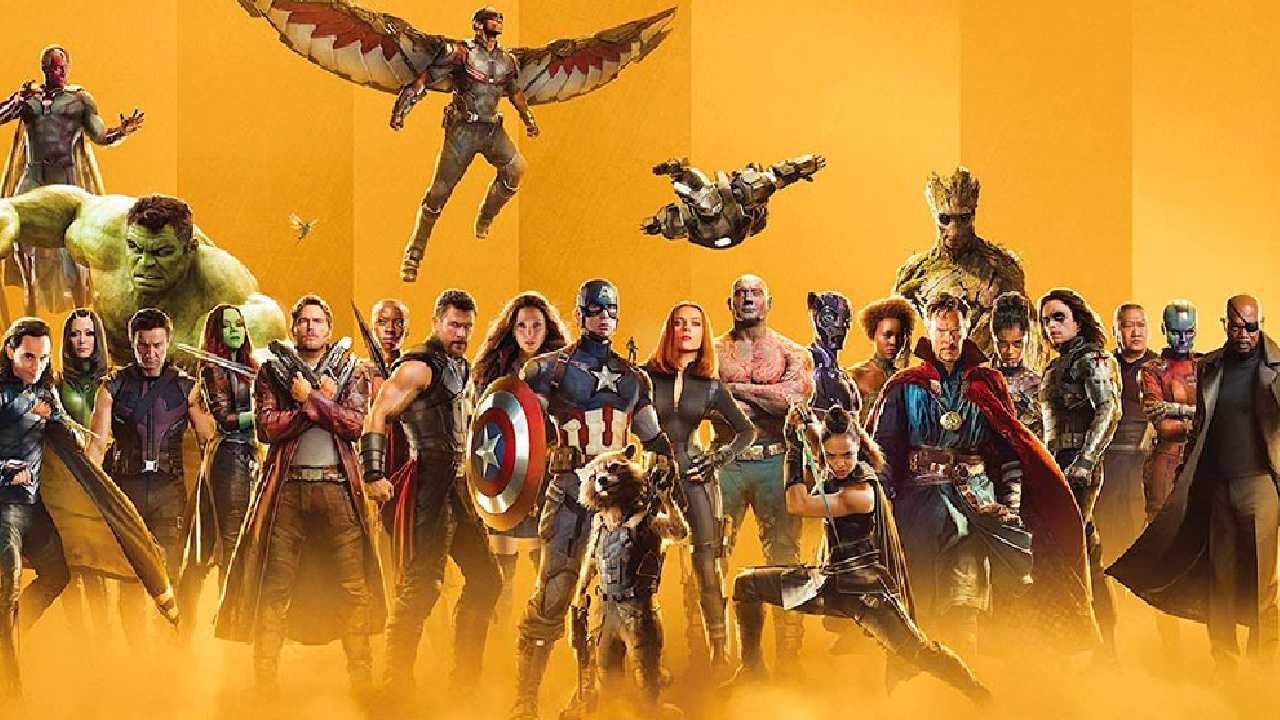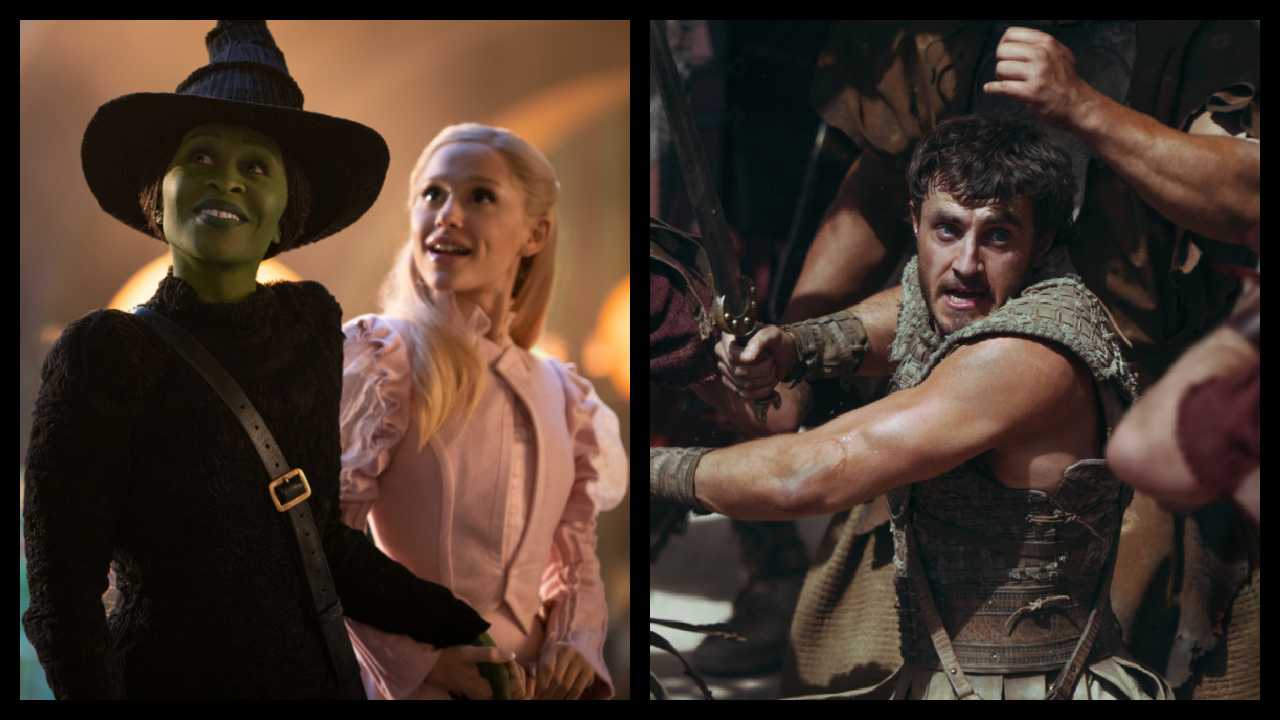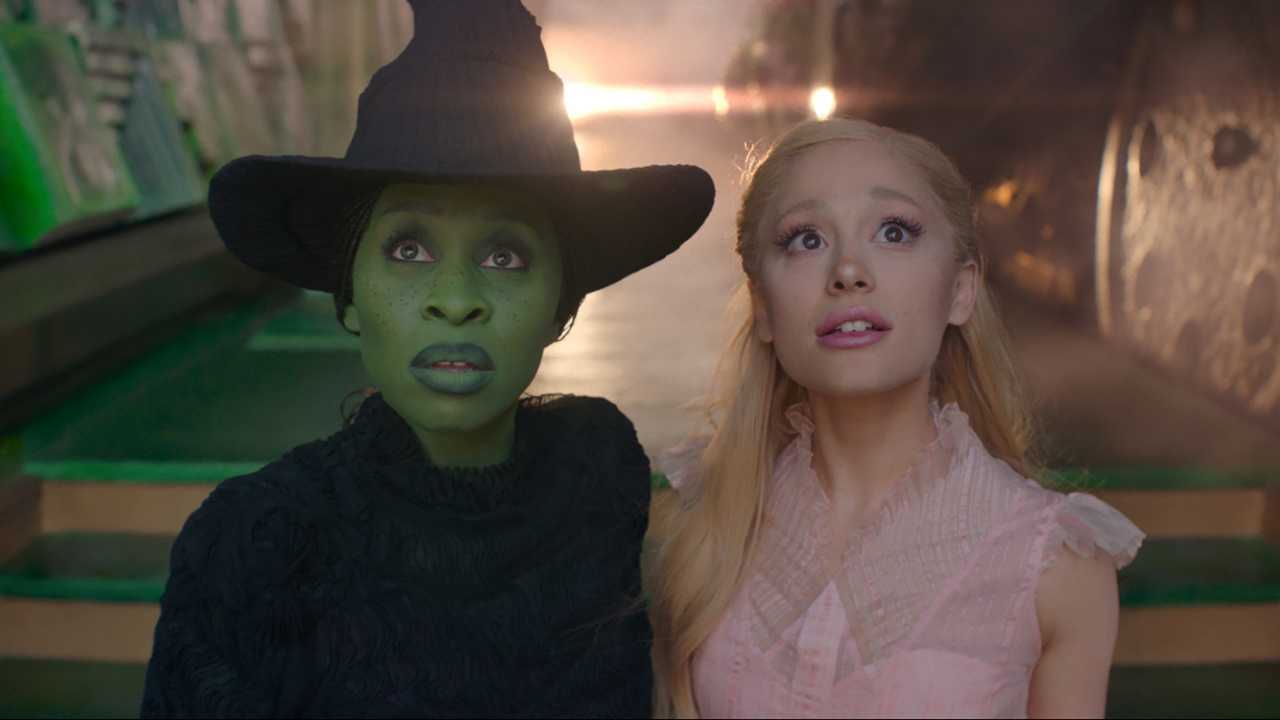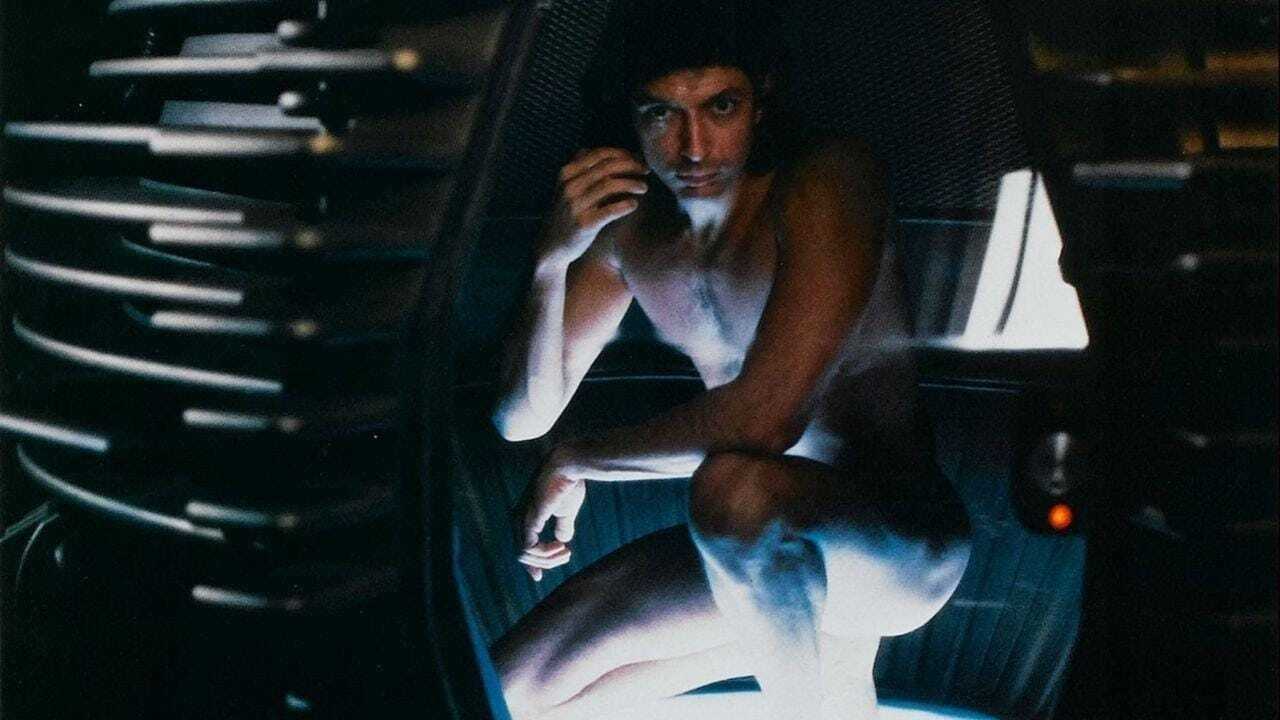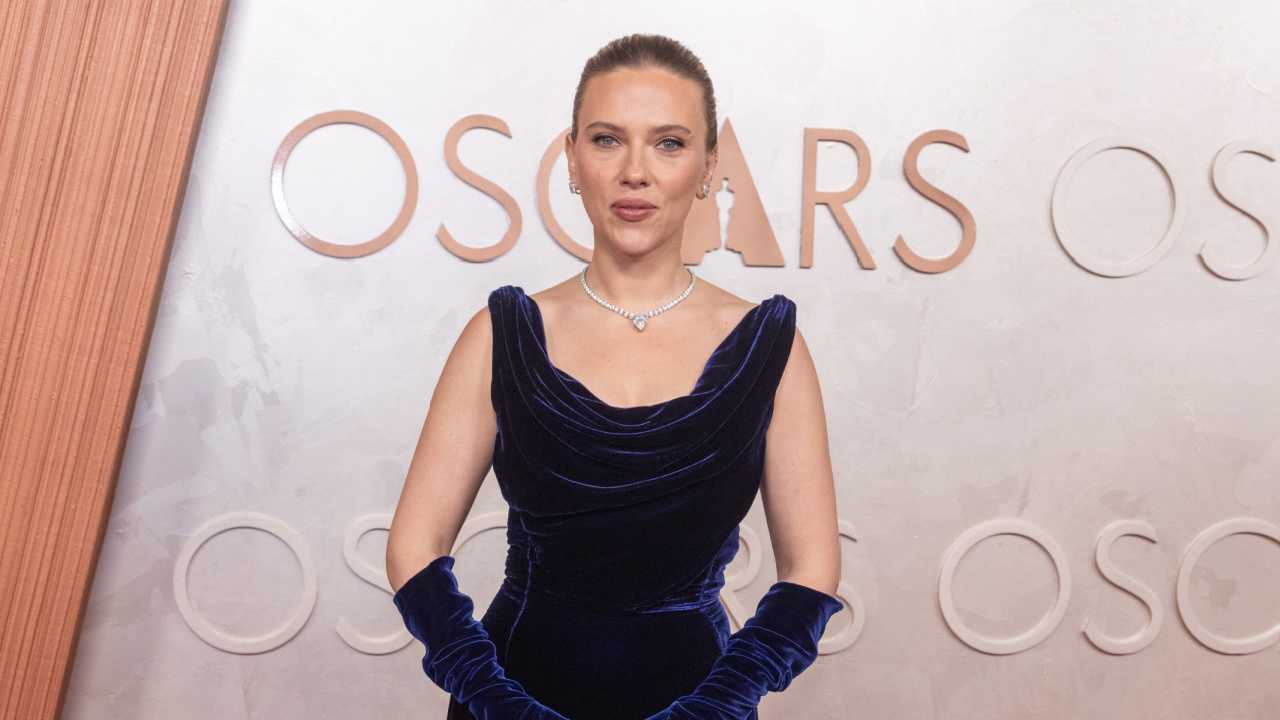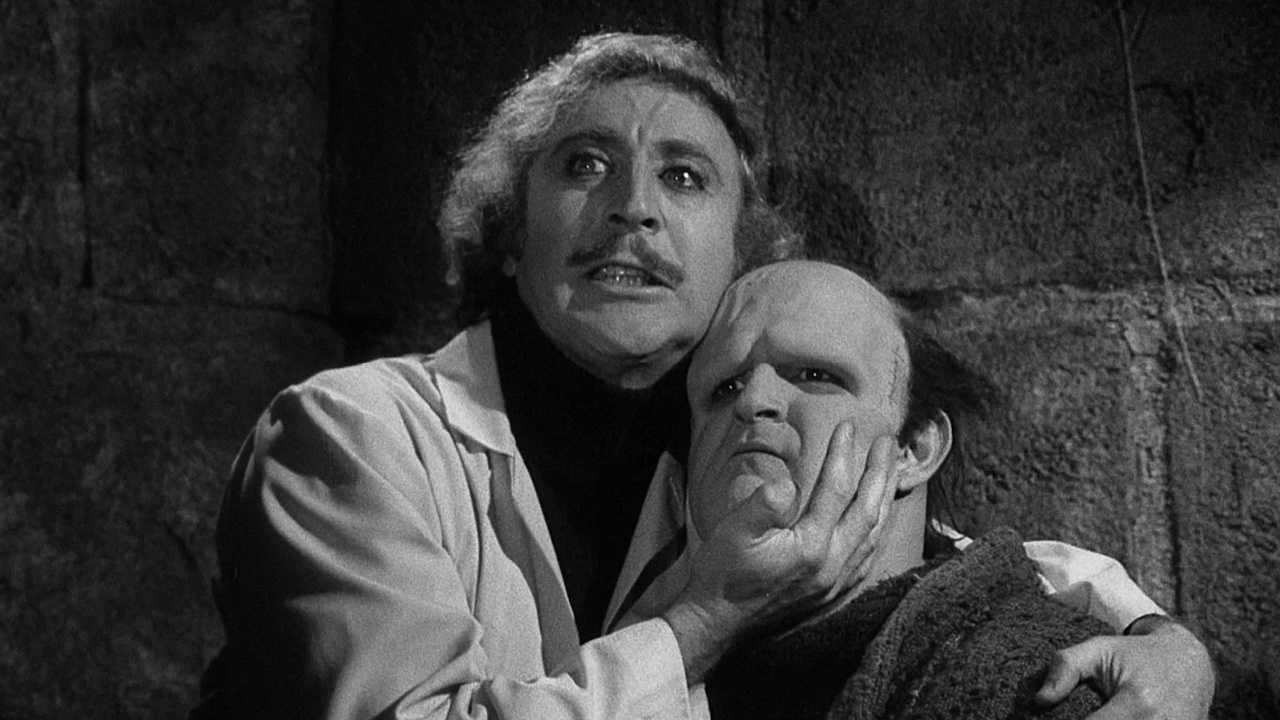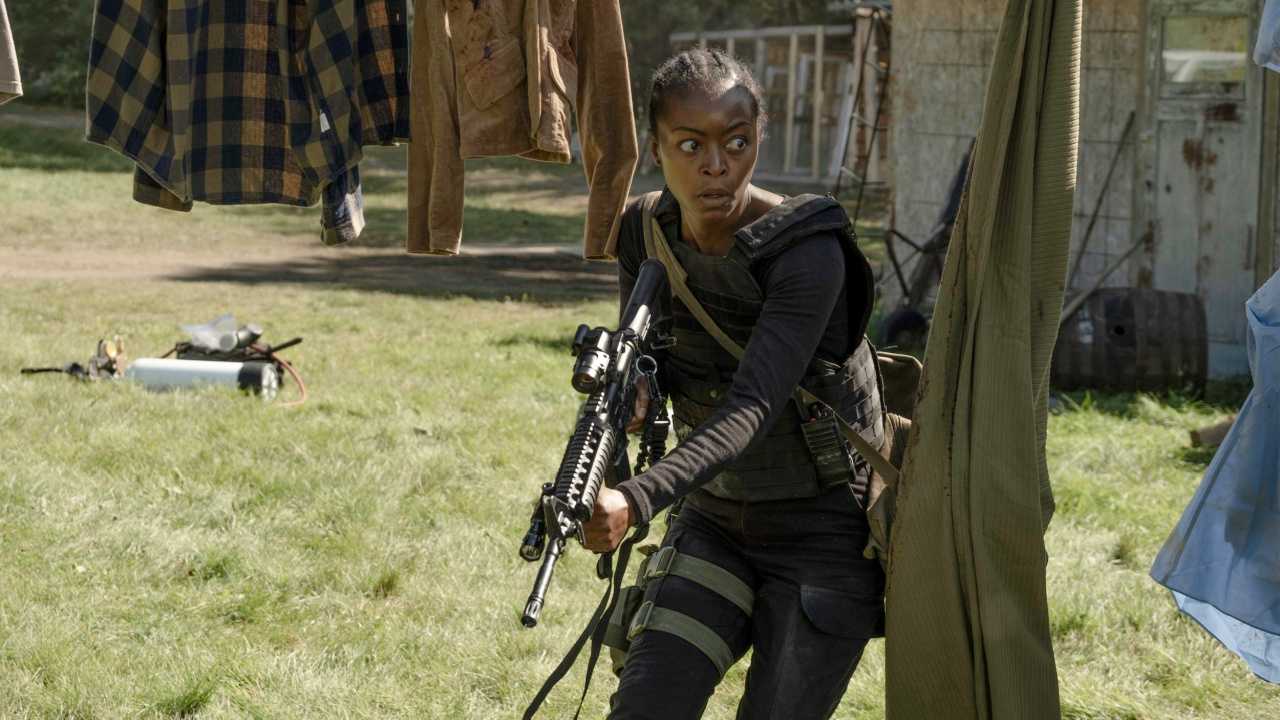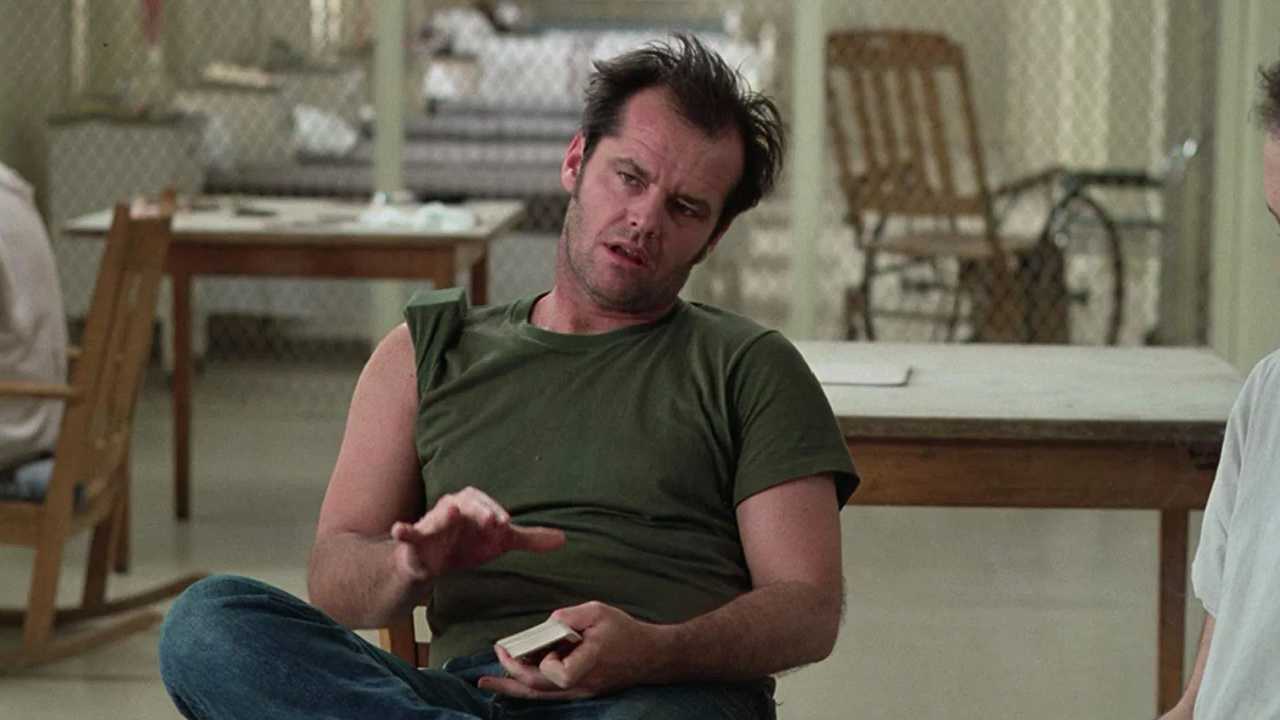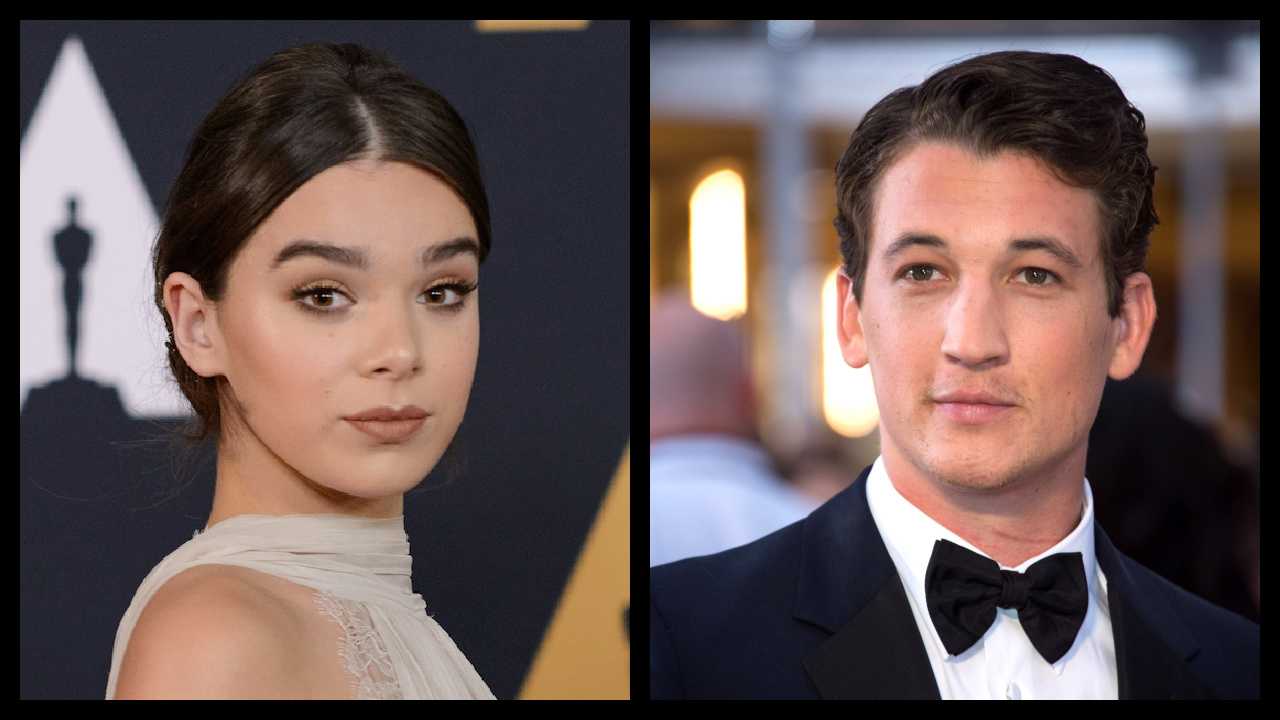18 Things You Never Knew About 'The Fly'
"Be afraid. Be very afraid." And we have been, for three decades, ever since the release of "The Fly."
Upon its release 30 years ago this week (on August 15, 1986), the remake of the 1958 Vincent Pricehorror film was recognized instantly as a modern classic, made stars out of Jeff Goldblum and Geena Davis, and became the biggest hit of arty-horror film director David Cronenberg's career.
Still, there's much about the production's larval stage you may not know, from the invaluable assistance provided by a beloved comedian to the fate of co-star John Getz's severed foot.
1. Comedy legend Mel Brooks is largely responsible for shepherding "The Fly" into production, through his arty Brooksfilms company, the studio behind David Lynch's "The Elephant Man." The "Blazing Saddles" filmmaker deliberately kept a low profile on such projects so that no one would expect them to be funny.
2. The producers wanted "Dead Zone" director Cronenberg for "The Fly." Having studied to become an entomologist in college, Cronenberg was interested, but he was busy developing "Total Recall." So Brooks hired a relatively untried British director, Robert Bierman.
3. But then, during a vacation in South Africa, Bierman's daughter was killed in an accident. After he dropped out of "The Fly," the producers learned that Cronenberg was no longer working on "Total Recall" and was now available. Bierman would go on to make his name directing Nicolas Cage cult favorite "Vampire's Kiss," while "Total Recall" finally ended up in the hands of "Robocop" director Paul Verhoeven.4. Best known at the time for playing quirky characters like the People magazine reporter in "The Big Chill," Jeff Goldblum was few people's idea of a leading man. But Cronenberg liked him for the role of the eccentric scientist, especially since he was one of the few actors who didn't mind having to hide under layers of latex as the character's insect transformation became more extreme. Brooks backed the director's choice, over the objection of 20th Century Fox.
5. Rehearsing for his "Fly" auditions, Goldblum ran lines with Geena Davis, his co-star in "Transylvania 6-5000," who was at the time his girlfriend. The still largely unknown Davis lobbied Cronenberg for the "Fly" love interest role, and he finally agreed, despite his reluctance to hire a real-life couple. 6. Indeed, Davis had started unconsciously to mimic Goldblum's movements and his distinctive, stop-start speech pattern, and Cronenberg had to coach the imitation out of her performance. Goldblum also had to avoid Davis when she shot scenes with John Getz (who played his romantic rival, Stathis) because of his real-life jealousy.
7. The name of Goldblum's character, Seth Brundle, was inspired by Formula One driver Martin Brundle. A fan of motor sports, Cronenberg often names his characters after racing-world figures. Paradoxically, Seth Brundle hates driving because he's prone to motion sickness, which is what prompts him to invent the teleportation pods in the first place.
8. At the time of the production, Cronenberg also owned a vintage Ducati motorcycle, whose cylinders were the design inspiration for the telepods.
9. Cronenberg seldom cameos in his own movies, but Davis insisted that, during Veronica's horrific dream sequence, Cronenberg should play the gynecologist. She didn't feel comfortable with any other actor in that position, while her legs were in the stirrups.
10. The sequence where Seth crawls on the ceiling (above) was accomplished via a set mounted on a Ferris wheel-like device. The set would rotate (with the camera fixed in place) so that Goldblum could appear to defy gravity.
11. Several sequences ended up on the cutting-room floor, including four endings involving variations on Veronica having another dream about giving birth to an insect baby. (As with "Dead Zone," Cronenberg discovered that nothing worked as a coda to the hero's violent demise and so just ended the film there instead.) Most notorious was the "monkey-cat" sequence, where the telepods transform Seth's baboon and an alley cat into a hideous hybrid that Seth kills by clubbing it with a lead pipe, an action that made the character lose all sympathy from test audiences. (It didn't help that the next scene saw Seth growing a strange appendage and chewing it off with his teeth.) Viewers finally got to see the "monkey-cat" sequence two decades later when it appeared on the DVD.
12. After Getz shot the climactic scene where the fully-transformed Brundle severs Stathis's foot by vomiting digestive enzymes on it, Getz kept the prop foot in his refrigerator.
13. The line "Be afraid. Be very afraid," which became the movie's most famous bit of dialogue, was thought up by Brooks. It was also used on the posters and marketing for the film (above).
14. It took Goldblum up to five hours a day to bury himself under the prosthetics that transformed him into a man-sized insect, but it was worth the effort. Chris Walas and Stephan Dupuis won the Oscar for Best Makeup, the only Academy Award earned to date by a Cronenberg film.
15. "The Fly" cost $9 million to make. It earned back $60.6 million worldwide. It was Cronenberg's top grossing film until "A History of Violence" earned $60.7 million in 2005. Adjusted for inflation, "The Fly" is still the biggest hit of Cronenberg's career.
16. Walas also directed the 1989 sequel "The Fly II," made without the participation of Cronenberg, Goldblum, or Davis.
17. Cronenberg, along with "Fly" composer Howard Shore, did turn the '86 film into a stage opera in 2008. The following year, the director said he had an idea for a big-screen reboot, but the project never came to fruition.
18. By the way, the science of the movie, from teleportation to genetics, is largely bogus except for the part about flies vomiting enzymes onto their food in order to digest it.


